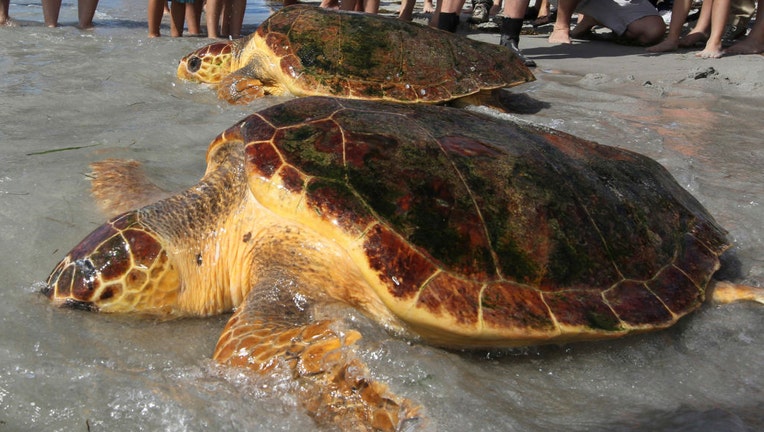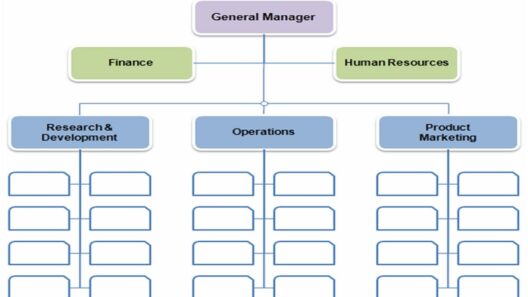Global warming presents an existential threat to coastal ecosystems, particularly impacting the delicate breeding patterns of sea turtles. These remarkable creatures, which have inhabited our oceans for over 100 million years, are now caught in a precarious situation. Rising temperatures, increased storm activity, and habitat destruction pose imminent dangers to their nesting habits and survival. As custodians of these environments, understanding the intricacies of sea turtle nesting behaviors and the ramifications of climate change is crucial.
Sea turtles are remarkable for their long migratory patterns and unique reproductive strategies. They return to the beaches where they were born to lay their eggs, navigating thousands of miles through the ocean to do so. This instinctive behavior becomes a vulnerability as coastal regions undergo drastic changes due to global warming. Temperature fluctuations influence not only the availability of suitable nesting sites but also the sex of hatchlings—a phenomenon that could adversely alter population dynamics.
The sex determination of sea turtles hinges heavily on the temperature of the sand where eggs are incubated. In species like the green sea turtle, elevated temperatures result in a higher proportion of female hatchlings. With global temperature averages on the rise, this can lead to an alarming imbalance in sex ratios, jeopardizing future breeding capabilities. Over time, a predominantly female population could threaten genetic diversity and the overall resilience of turtle populations.
Furthermore, nesting sites are increasingly compromised by rising sea levels. Many beaches, particularly those that are low-lying, are eroding or becoming inundated with seawater. When nests are washed away or submerged, the loss is not merely a statistical anomaly; it represents a catastrophic decline in sea turtle populations. Coastal development, including the construction of resorts and other infrastructures, exacerbates this problem by encroaching on vital nesting habitats. Light pollution from urban areas further disorients hatchlings, preventing them from locating the ocean, which is their essential refuge.
Storm intensity and frequency are additional facets of global warming that threaten sea turtle nests. Extreme weather events such as hurricanes can decimate nesting sites in a matter of hours. The impact of these storms extends beyond immediate destruction; they reshape coastlines, altering the physical landscapes where turtles breed. This unpredictability adds another layer of apprehension for conservationists focused on safeguarding these ancient mariners.
Moreover, the food sources crucial for adult sea turtles are also under siege from climate change. Ocean acidification and warming waters disrupt marine ecosystems, leading to shifts in the abundance and distribution of seagrass and jellyfish—two primary food sources. As the environment continues to evolve unpredictably, the implications for sea turtle populations become more dire. A decline in food availability further stresses these species, already burdened by the other factors affecting their nesting success.
Enhanced conservation efforts are imperative to mitigate these threats. One such strategy involves the protection of critical nesting habitats through legislation and conservation programs. Efforts to monitor and restore beaches are underway, but the pace of climate change often outstrips these initiatives, highlighting a need for urgent action. Engage in community-led beach clean-up projects and workshops that educate the public on the importance of these ecosystems. Public engagement can drive governmental policies and funding towards conservation.
Another essential aspect of conservation involves climate adaptation strategies. By employing scientific monitoring and data collection, conservationists can work to identify at-risk nesting sites and develop adaptive management plans. These plans may include relocating nests when flooding is imminent or implementing artificial incubation methods to increase hatchling survival rates. It is a complex and sometimes controversial strategy, yet it could be necessary as sea levels rise.
Further, reducing greenhouse gas emissions is crucial in addressing the underlying cause of global warming. Supporting renewable energy initiatives, promoting sustainable practices within industries, and advocating for climate-conscious policies can contribute to preserving the ecosystems that support sea turtles. Individuals can take actionable steps to minimize their carbon footprint and participate in local efforts to combat climate change.
Raising awareness is another vital component in combating the challenges sea turtles face. Education that reaches out to schools, communities, and social media platforms can inspire action and stimulate interest in conservation. The more people understand the critical role that sea turtles play in marine ecosystems, the more likely they are to advocate for policies that protect them and their habitats.
In conclusion, the plight of sea turtle nests serves as a clarion call regarding the effects of global warming on coastal ecosystems. The interrelated threats posed by rising temperatures, increased storm intensity, and habitat degradation necessitate a multifaceted response involving conservation, public engagement, and systemic change. Only through a collective effort can society hope to mitigate these threats and ensure that the legacy of sea turtles endures for generations to come. The challenge ahead is daunting, yet the preservation of these ancient navigators is vital not just for biodiversity but for the health of our oceans and the intricate ecosystems they sustain.







